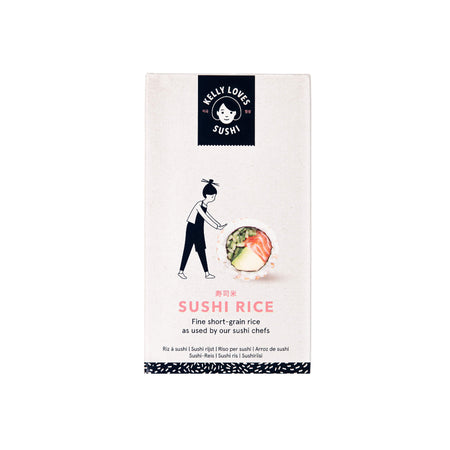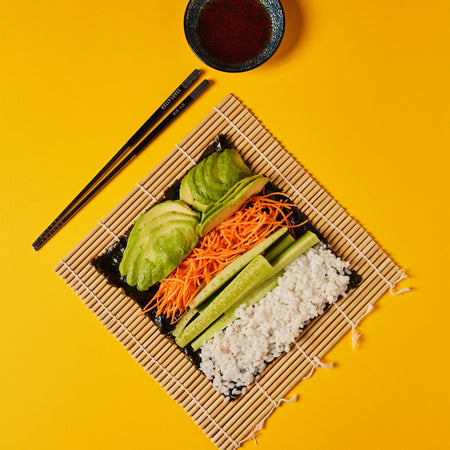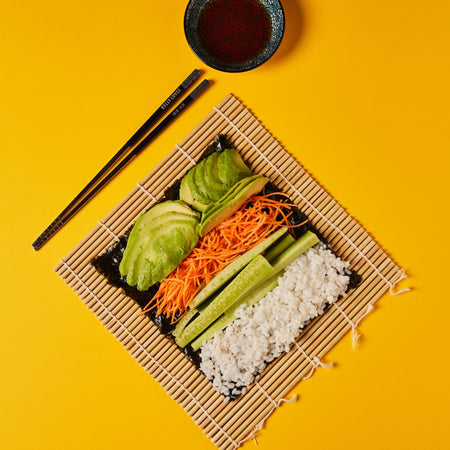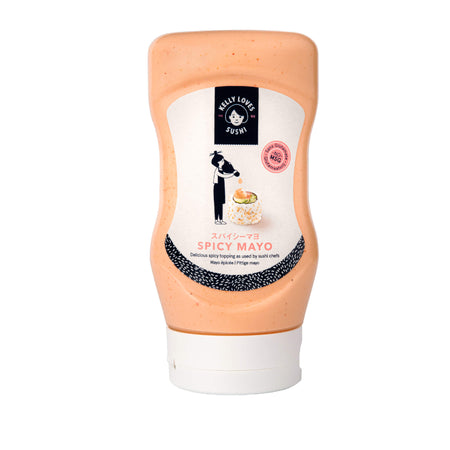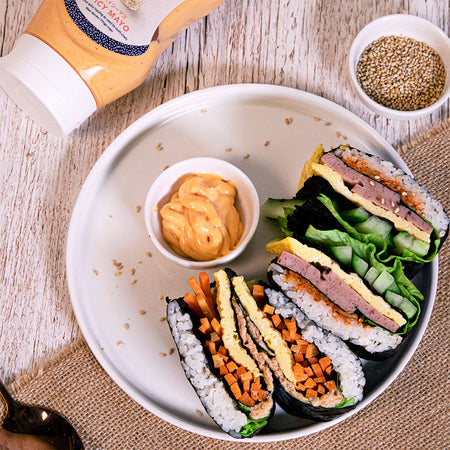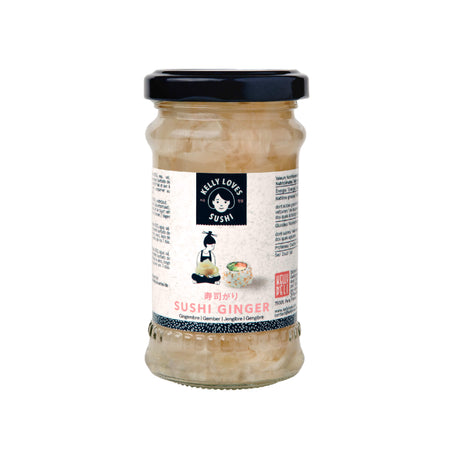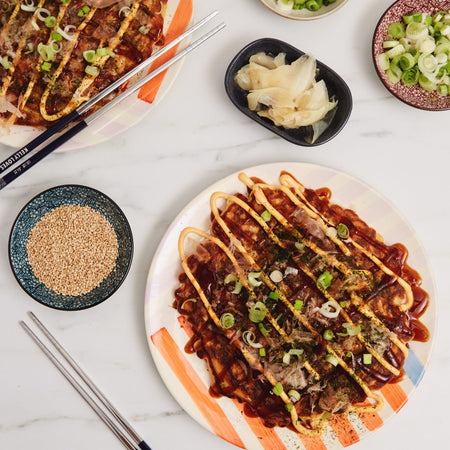A history of sushi in Japan

We’ll examine how sushi has grown from a delicacy just for the upper classes of Japan to a staple of international cuisine. Let’s begin by asking two questions: when was sushi created and what is the historical background of sushi?
Brief history of Japanese sushi
Historians believe that the idea of sushi came to Japan with Buddhism, probably from China, which also gifted Japan concepts such as writing systems, astronomy and centralised government. The start of sushi history in Japan begins with these voyaging Buddhists, way back in the ninth century.
Buddhists didn’t eat meat, so they ate plentiful fish instead. This meant they needed a method of preserving fish. A fourth century Chinese dictionary details a process of salted fish being placed in cooked rice to ferment it. Acids produced during fermentation, working alongside the salt, would slow down the growth of bacteria in the fish, effectively pickling it.
Until this early ancestor of sushi came to Japan, salted rice had always been just a way to ferment fish. After it had done its job, it was simply thrown away and the fish was eaten alone. But the Japanese began the practice of eating the fermented rice along with fish. This dish of fermented rice and fish became known as nare-zushi or aged sushi – and it still carries that name.
Nowadays, sushi rice is vinegared rather than fermented (because it’s quicker), but the rice is the defining ingredient. Unlike the fish recipes sushi emerged from, sushi is only sushi if rice is included.
Where did Japanese sushi originate?
The first dish resembling sushi was an ancient nare-zushi meal, which originated in Southeast Asia, around Lake Biwa - Japan’s largest freshwater lake. It’s located on the outskirts of Kyoto, which was Japan’s capital for around 1,000 years, until Tokyo took over in 1869.
The people who made this nare sushi did so with golden carp (“funa” in Japanese). They packed salted rice around the fish and placed it all under weights, sometimes for as long as a year.
When was sushi invented in Japan?
Those first sushi-makers on the shores of Lake Biwa lived more than a thousand years ago. Since then, there have been several phases in the evolution of sushi. Some sushi ingredients and processes have remained the same for hundreds of years, while others have been introduced over the years.
How has sushi evolved?
From the first nare sushi dishes in the ninth century until around 500 years later, sushi was only eaten by the rich upper classes. This was because it took so long (at least six months) to ferment. When a quicker process (still a month long) was discovered in the early 15th century, sushi became more widely available. At the same time, these food innovators realised that full fermentation of the pickled fish wasn’t necessarily needed – raw sushi was born.
The whole idea of using fermented rice was challenged in the mid-18th century, when rice seasoned with vinegar was introduced by sushi makers in Edo (Tokyo).
A man called Hanaya Yohei expanded upon this vinegared rice method in the 1820s. He added rice vinegar and salt to just-cooked rice, before hand-pressing it into a little ball and topping it with raw fish, straight from the Sumida River in Edo. With the fish being so fresh, there was no need to preserve or ferment it.
Finally, sushi could be prepared in just a few minutes, rather than in hours, days or even months. Yohei had created nigiri sushi and it proved wildly popular with the constant stream of people passing by his stall on a bridge crossing the river.
From there, demand for sushi saw stalls pop up all over Edo. And with better refrigeration in the 1970s, sushi could travel better and more sushi bars opened up throughout the country.
At about the same time, sushi began to really take off in the USA. This has led to ingredients like cream cheese, spicy mayo and deep-fried rolls finding their way into sushi dishes.
One thing that hasn’t changed much is how to eat sushi. It’s usually eaten in one bite, with either your hands or chopsticks. Only American-style newcomers to the sushi scene are big enough to need multiple bites (or chopping up).
Is sushi an important part of Japanese culture?
What is sushi in Japanese culture? As well as being a staple of both fast food and high-end cuisine, sushi is a national icon, as much a part of national identity as cherry blossoms.
Because of that, there are many sushi purists, who take pride in ancient forms of sushi like nigiri and greatly appreciate its minimalist aesthetic. It’s this minimalism, along with the high quality of ingredients, that means sushi has carved out its own niche in fine dining.
For others, going for sushi is a much more casual social event. And with the help of sushi making kits, many people in Japan (and far beyond) craft their own sushi at home as an everyday meal.
Many of us now regard sushi as a staple food, but it took a long time to get here. The process of making sushi needed a lot of refining and tweaking along the way, but it’s now been utterly perfected. The result is a huge range of sushi recipes, using all manner of interesting and delicious ingredients.
